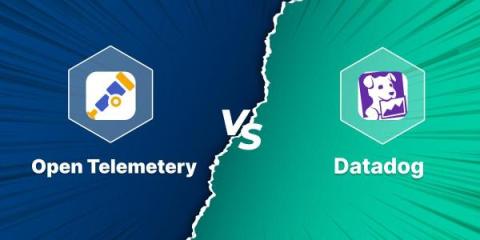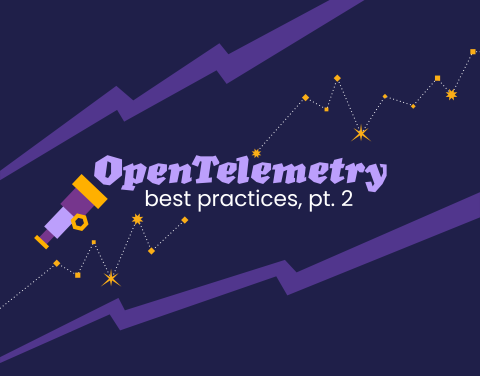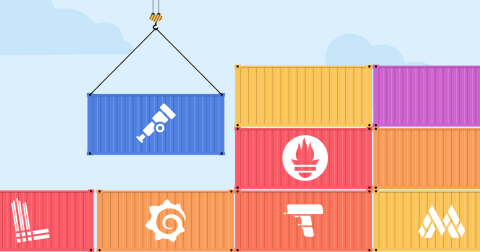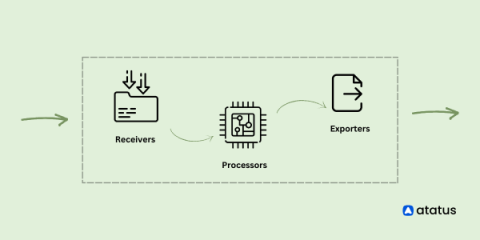Diving into Observability Platform: OpenTelemetry vs Datadog
Imagine you're leading a team of engineers responsible for monitoring and optimizing the performance of a cloud-based application used by millions of users worldwide. As the application continues to scale, you recognize the pressing need for a robust observability solution to learn about its distributed architecture. In this scenario, you're faced with an essential decision: choosing between OpenTelemetry and Datadog for distributed tracing and observability.











